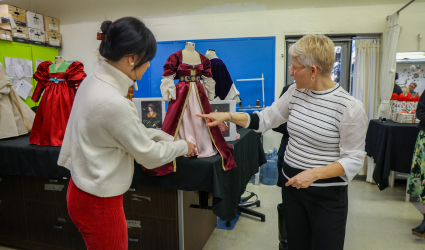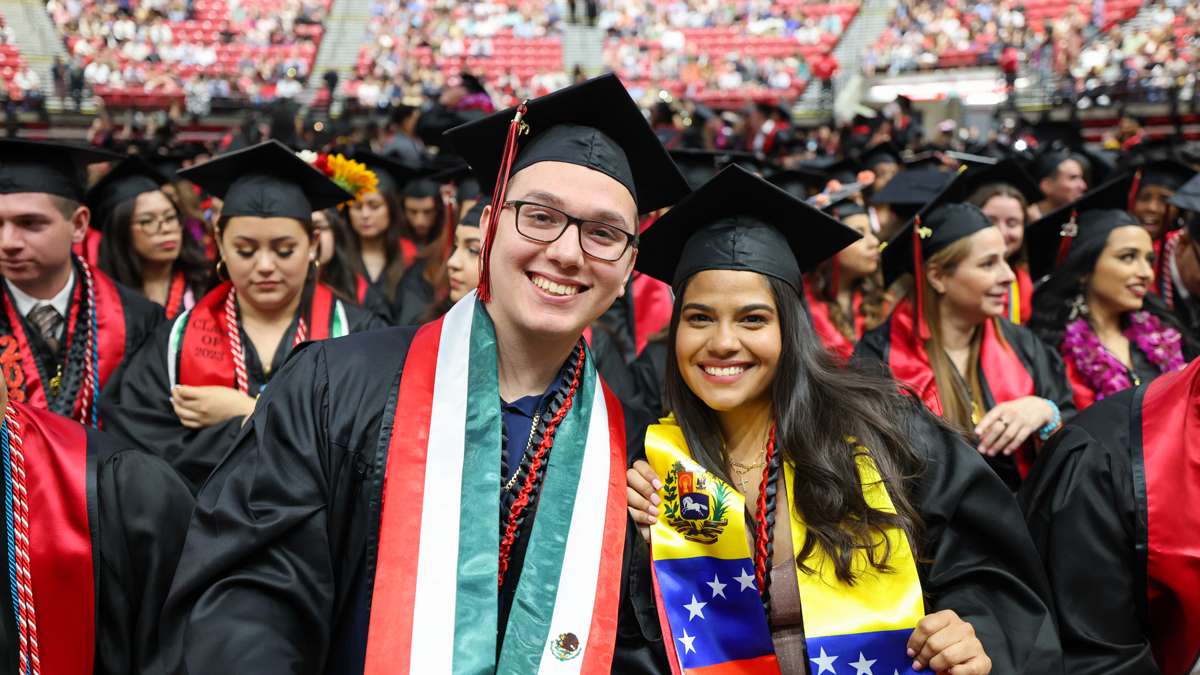Timken Museum of Art and SDSU's Design Technology Program Forge Path to Accessibility

The Timken Museum of Art, renowned for its strong ties to the San Diego community and commitment to free admission, is set to launch a groundbreaking initiative aimed at enhancing accessibility for all visitors, including the blind and sight-impaired. This innovative project will revolutionize the museum experience by bringing paintings to life through verbal description tours and the creation of half-size replicas of select artworks, allowing tactile exploration of costumes and accessories featured in the museum's permanent collections.
Led by Denitsa Bliznakova, a distinguished professor in the School of Theatre, TV, and Film at San Diego State University (SDSU), and her team of fourteen dedicated students, including both undergraduate and graduate students, this collaborative endeavor seeks to bridge the gap between art and accessibility. Bliznakova's expertise as a professional costume designer and historian perfectly aligns with the project's mission, ensuring meticulous research and attention to detail in the creation of replica costumes.
Professor Bliznakova emphasizes the multifaceted benefits of the project, stating, "This project provides invaluable opportunities for our students, encompassing research, critical thinking, and the integration of traditional techniques with modern technologies. It's incredibly impactful to see how this initiative continues to evolve and grow before our eyes."
The project will involve extensive historical research spanning four distinct eras, costume period styles, and textile history. Through a meticulous process of prototyping utilizing both traditional methods and cutting-edge technologies, the team aims to authentically recreate costumes from diverse cultures and historical periods represented in the Timken Museum's collection.
However, for Denitsa and her students the project was not merely an academic exercise; it was an opportunity to make a tangible difference in the lives of others. "The critical study, like the critical thinking portion of it, is so valuable for my students," Denitsa explained. "I want them to have at least one or two more sessions for the docents at the museum and sort of work with them on what is that description that then goes with these garments.’
Holly Martin-Bollard, Director of Operations at the Timken Museum of Art, expresses her enthusiasm for the collaboration with SDSU, stating, "We really value the talent of the students and also the support from the faculty," she said. "And when we were envisioning how we could make the museum more accessible for various audiences, we knew that the creativity and the leadership of SDSU would help us make this a reality."
Martin-Bollard further explains the museum's commitment to accessibility, citing previous programs aimed at serving communities historically excluded from arts and cultural experiences. She highlights the significance of tactile experiences in fostering emotional connections to art for individuals with varying sensory abilities.
"These miniature replicas offer a portable and tactile way for visitors to explore art beyond traditional visual perception," Martin-Bollard explains.
As Denitsa Bliznakova reflects on the project's progress, she underscores the profound impact it has had on students and the broader community. "I already mentioned the other side of combining traditional techniques with new technologies. Just one project. One idea provided so many learning outcomes and opportunities for our students that I didn't expect it to be as impactful as it has become, and it continues to grow in front of our eyes," Bliznakova remarks.
This sentiment encapsulates the transformative nature of the collaboration between the Timken Museum of Art and SDSU, exemplifying the power of innovation and collaboration in enhancing accessibility and enriching the museum experience for all visitors.
For more information, please visit: www.timkenmuseum.org

